
All categories
Featured selections
Trade Assurance
Buyer Central
Help Center
Get the app
Become a supplier

(29797 products available)
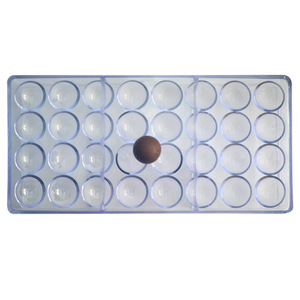


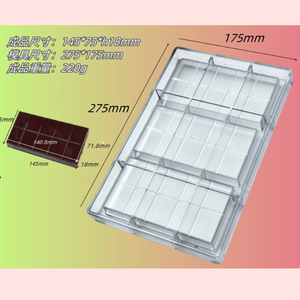







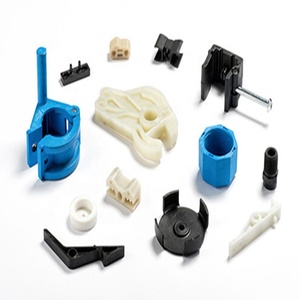




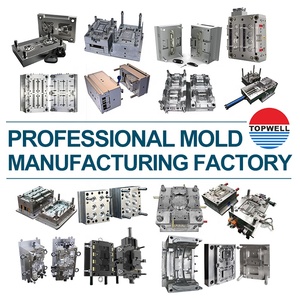




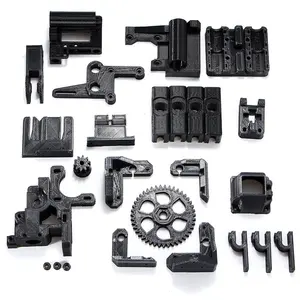


















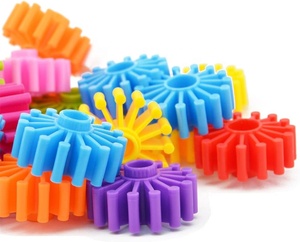











There are many types of plastic moulding DIY to choose from. Below is a list of the common ones.
Injection moulding is a prevalent method whereby heated plastic is injected into a mould on DIY equipment. It results in complex parts. Materials include ABS, polycarbonate, and polypropylene.
For this type of moulding, air is blown into a heated plastic tube to fill a mould. The result is hollow containers such as bottles. Common materials are HDPE and PETG.
In compression moulding, preheated plastic is placed into a mould cavity. The technique applies pressure to shape the material. The method suits making thick, sturdy parts. Examples of such parts are they include automotive components. Common materials are phenolic and melamine.
Rotational moulding involves heating a hollow mould filled with plastic powder. It is then rotated to form even-thick-walled structures. This method is excellent for producing symmetry items. Examples include tanks and toys. The common materials are nylon, polycarbonate, and vinyl.
Here, heated plastic sheets are formed over a mould. Vacuum or pressure applies to shape the sheet. It is ideal for making 4 plastic product prototypes of flat sheet designs. The products made include trays, lids, and car interiors. PET and PVC are common materials for this method.
Here are the key specifications and maintenance requirements for plastic moulding DIY.
Moulding Materials
The materials to use highly depend on the chosen method of DIY. The common ones are ABS, polypropylene, and polystyrene. These plastics are easy to handle. They also produce high-quality finished products.
When making a choice, consider the project requirements. Know the type of car parts to create or the type of container.
Mould Design
The complexity of the mould directly affects the outcome of the project. Simple moulds are easy for beginners to use.
If one requires intricate designs, they will have to work with more advanced techniques. They will also need to have more experience in moulding plastic.
Machine Requirements
Proper equipment is critical for successful plastic moulding projects. Small-scale DIY projects usually require basic tools. Such tools include manual or small electric presses.
Complex projects may need advanced machines. They include injection moulding machines or blow moulding rigs. Such machines are not easily accessible for DIY.
Temperature Control
Every plastic has a set point at which it melts. One must maintain this temperature to ensure even moulding. That helps in achieving the kind of products one hopes to achieve.
Curing Time
The time taken for moulded plastic to solidify varies with the type of material. Always allow sufficient curing time before demoulding. Doing this ensures the product is stable.
Mould Cleaning
Always clean the moulds after each use. When left unattended, plastic residues harden on them. This makes future use difficult.
Use a scraper and a suitable cleaning solution. The cleaning solution should be non-abrasive to avoid damaging the surface.
Material Storage
Store moulding materials in a cool, dry place. They should not be exposed to direct sunlight. Such a condition degrades the plastic quality.
Keep them in airtight containers to prevent moisture absorption. Moisture reduces moulding's success rates.
Equipment Maintenance
Check moulding equipment regularly for wear and tear. Always lubricate moving parts in line with the manufacturer's instructions.
This reduces friction. It also increases the efficiency of the equipment.
Temperature Control
One must frequently check temperature gauges and controllers. They should always ensure they operate within the required range.
Any temperature fluctuations lead to bad-quality products.
Safety Precautions
Replace worn-out safety gear such as gloves and goggles. They are critical when handling heated materials.
Always ensure proper ventilation in the working area. Moulding materials release fumes that are harmful to the body.
Below is a list of plastics that are suitable for DIY moulding projects.
This plastic is among the easiest and most preferred material for novice moulders. It is the kind of plastic that retains shape well under high stress.
Its chemical resistant nature makes it suitable for diverse projects. Such qualities make it ideal for automotive components and household containers.
HDPE stands for High-Density Polyethylene. This type of plastic is famous for its toughness. It also resists chemicals and UV rays.
These qualities make it ideal for outdoor items. HDPE has a low melting point. This makes it simple to mould even with basic equipment.
In DIY moulding, polystyrene is popular because of its availability and ease of processing. When heated, it becomes pliable for shaping.
The plastic is ideal for making prototypes, model displays, and household items. It can be bought in foam or solid form.
Known as PET, this plastic is famous for its use in bottles. Among its types is PETG. It is that hard but easily mouldable plastic.
This type of plastic is a staple in vacuum forming projects. You will find it in several consumer products like containers and packaging.
ABS is a common thermoplastic used in various DIY moulding techniques. It is tough and impact-resistant, offering a good balance between strength and ease of processing.
ABS's versatility makes it applicable for making automotive parts, electronic housings, and other structural components.
Here is a systematic step-by-step process of moulding plastic.
Start the process by selecting the right plastic suitable for the project. Such plastics include polypropylene and polystyrene. They are often used for Home DIY projects.
One can get the materials from a local store like Alibaba.com. Stock up on essential tools. These tools include heating equipment, moulds, and safety gear.
Create or buy a mould that represents the desired final product. Moulds are usually made from metal, silicone, or plaster.
Each material has its unique qualities. Choose one that is easy to work with. Ensure the mould is clean and well lubricated. This prevents the moulded plastic from sticking to it.
Heat the chosen plastic using the appropriate method. Do not exceed the plastic's thermal limit. An excess of heat damages the material.
Once the plastic reaches its melting point, carefully pour or inject it into the prepared mould. The technique of choice should be based on the type of moulding.
For instance, manual moulding suits small projects. But for large-scale production, electric presses are more efficient.
Let the moulded plastic cool completely. Cooling time varies depending on the type of plastic and mould used. Always check the manufacturer's instructions.
Once cool, carefully remove the moulded plastic from the mould. Begin the finishing process. The common finishing methods are sanding, painting, and trimming.
They offer the kind of polished look that is appealing to the customers. Properly dispose of or recycle any plastic waste generated during moulding.
Here are some strategies buyers can use to choose plastic moulding DIY.
Buyers should first consider the type of project they want to undertake. They should choose a moulding technique that fits their skill levels.
Those classic plastic business holders projects like auto parts or home improvement items should go for injection moulding. But for simple toys, rotational moulding will be just fine.
Different plastics have varied qualities. Each of these qualities makes them suitable for specific moulding methods. Buyers should do plastics research before purchasing them.
For instance, ABS is known to offer a very easy experience during processing. This quality makes it perfect for beginners. On the other hand, polypropylene has a very high melting point. This makes it ideal for advanced users.
Customer reviews reflect other people's experiences with the plastic moulding products. They are thus a great source of information. They help buyers know the products' quality, ease of use, and durability.
In cases where customers' reviews highlight problems with a certain product, buyers should avoid that product.
Buyers should do sellers' research and only settle for those with trustworthy plastic moulding knowledge. Such sellers will have detailed product descriptions explaining the kind of projects each product is suitable for.
Plastic molding projects sometimes require additional items. These items include heated plastic and gloves for safety. Buyers should ensure the necessary accessories are in stock.Frequently Asked Questions (FAQs) about Plastic Moulding DIY
Several plastics are ideal for home plastic molding projects. For instance, High-Density Polyethylene (HDPE) offers easier workability. It also results in strong, durable products.
Other suitable options include Acrylonitrile Butadiene Styrene (ABS) and Polypropylene. These two are popularly used for auto parts and household items.
The first thing practitioners should do is invest in personal protective gear. Such items include gloves and goggles. They protect one from exposed fumes and heated plastic.
Additionally, working in a well-ventilated area ensures proper airflow. This helps minimize the accumulation of harmful fumes.
To improve their plastic moulded products, practitioners will have to do temperature control. Properly heated plastic ensures the materials evenly blend into the mould.
Also, using high-quality materials leads to high-quality products. They will also have to invest in a well-designed mould to ensure the products have the desired shape and quality.
Advanced moulds like those used in injection and blow moulding require professional-grade equipment.
However, techniques like thermoforming and compression moulding are manageable. All one needs is to pay attention to details, and they will achieve a quality finish.